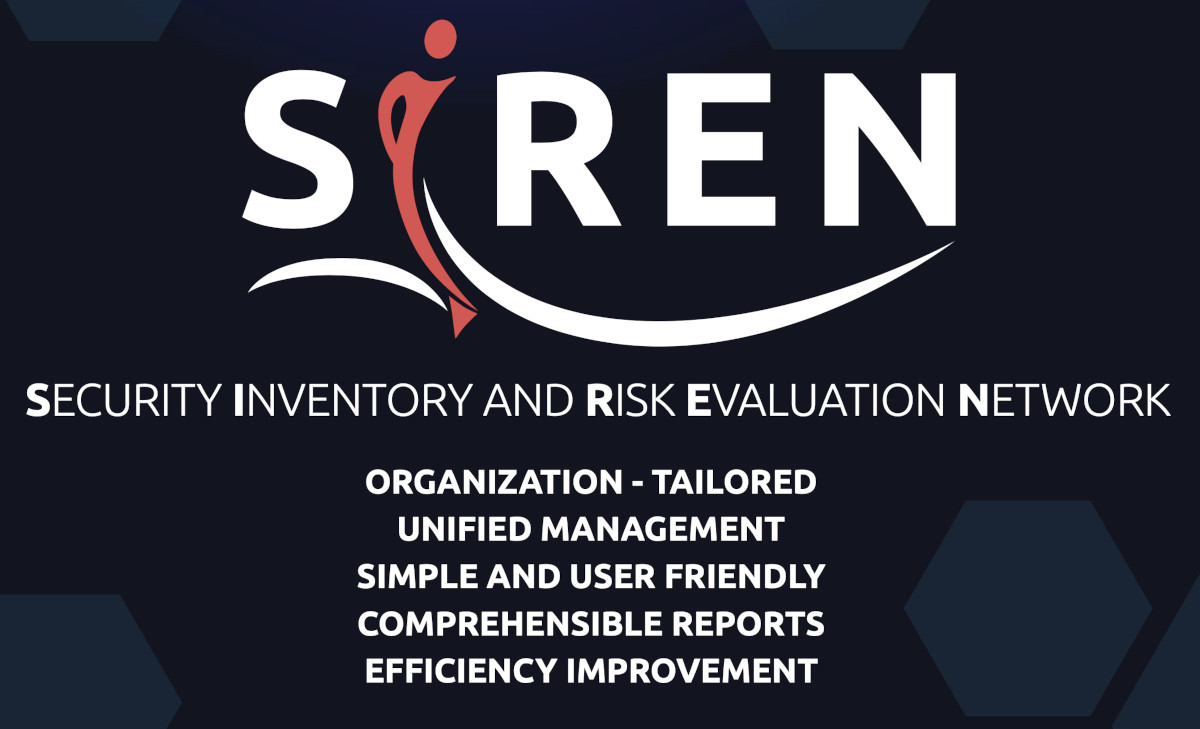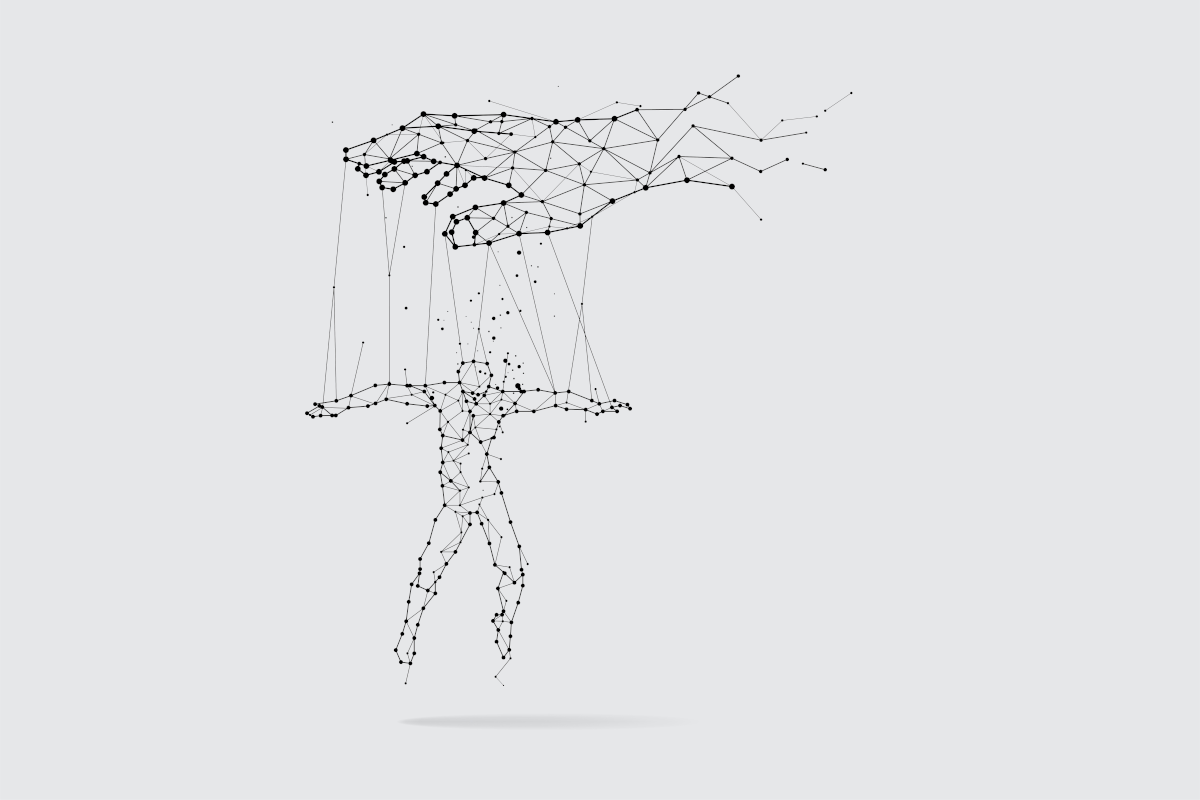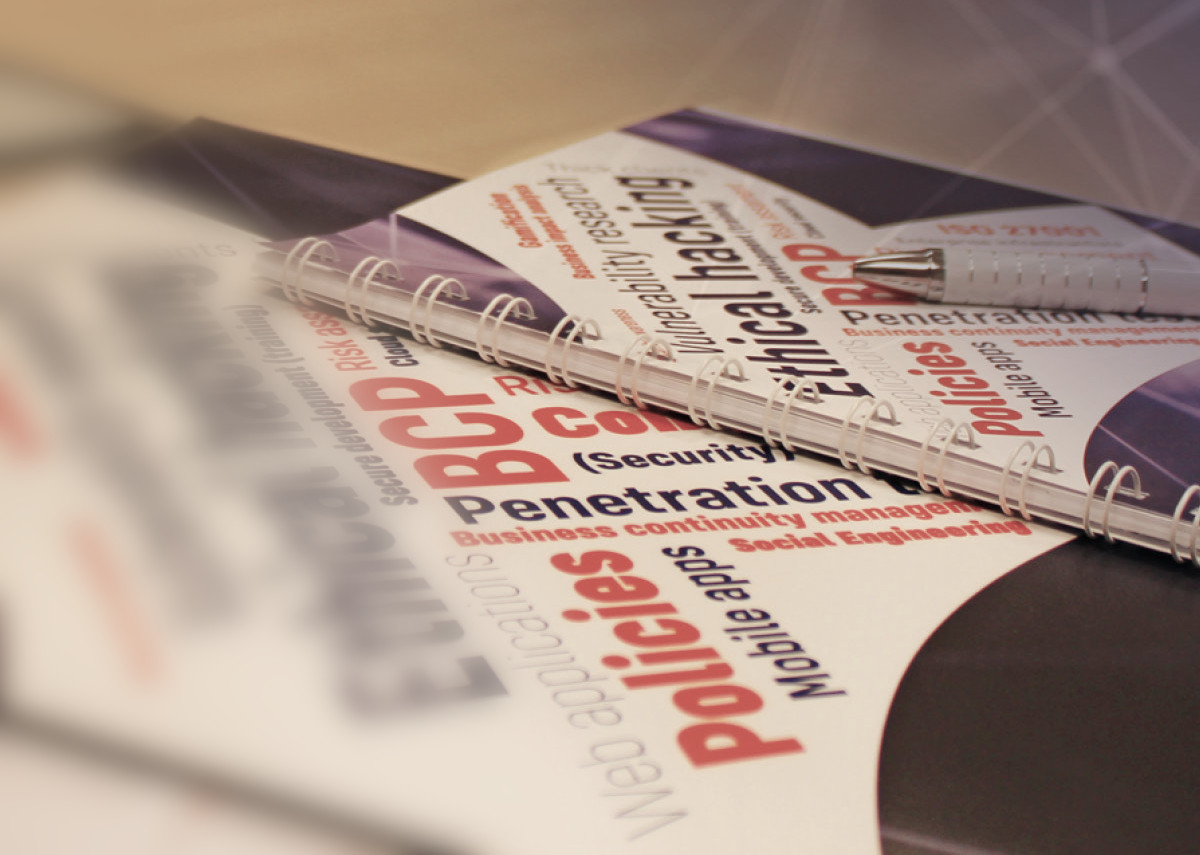Our information security consulting services
-

Compliance
helping our clients comply with the requirements of information security-relevant legislation and standards, establish information security processes and regulators
Learn more ... -

Business Continuity Management (BCM)
preparing the organization for the occurrence of unexpected events threatening its critical business processes and resources, their management and the maintenance of continuous operation, and the effective bridging of outages, and recovery measures
Learn more ... -

Security awareness measurement and development
every chain is only as strong as its weakest link – and that's none other than the human factor when it comes to security
Learn more ...
Information security management - Compliance
Our information security management services support identifying and understanding the relevant information security requirements for organizations, the assessment of security risks, and the determination of risk-mitigating actions and countermeasures. With our support, the organization can effectively ensure compliance with legislation and international standard requirements (e.g., ISO 27001, ISO 27701, etc.), individual, effective management of deficiencies or deviations revealed by external and internal audits or reviews, so that similar non-compliance would not be an issue in the future.
-

Checking compliance with external requirements (legislation, standards), supporting preparation for external audits
As part of this service, we check compliance with external requirements (e.g., security and privacy requirements, ISO 27001 standard, etc.), support the introduction of related measures, as well as develop a framework of an information security management system tailored to the organization.
Our experts offer the development and revision of relevant policies and methodologies, supporting the introduction of controls, and the deployment and maintenance of software solutions supporting compliance.
-

Development and maintenance of an information security management system and documentation environment
When creating an information security management system and documentation environment, we assess the external and internal regulators and requirements for the organization and compile the content of information security policies, methodologies, and supporting materials accordingly. If there is an existing policy, we review and update its contents based on current events, new expectations, and best practices.
-

Asset inventory and data classification
For an organization to be able to define appropriate defense measures, it must know what it needs to defend and from what. Our asset inventory and data classification service help identify the organization's data assets and determine the defensive needs of individual data classes.
As part of this service, we assemble or update the inventory of the organization's existing data assets, create or revise the related methodological environment and supporting resources, and classify the data into security classes.
-

Risk analysis and risk management support
To develop adequate security countermeasures, we need to know what to defend and against what we need defense. With our risk analysis and risk management support services, we help define, plan and implement effective risk-mitigating actions.
Business Continuity Management (BCM)
Today, Business Continuity Management (BCM) is an essential part of security. The laws and standards mentioned in the previous section are not the only reason for preparation for extraordinary events, it is also the well-understood interest of every organization to ensure continuous operation. During Business Continuity Planning, the organization prepares for the occurrence of unexpected events threatening its critical business processes and resources, their management and the maintenance of continuous operation, and the effective bridging of outages, and recovery measures.
-

Implementation, regulation, and maintenance of a Business Continuity Management system
We design the framework of a Business Continuity Management system tailored to the organization, considering the related external requirements (e.g., ISO 22301 standard specifications).
Our experts offer the development and revision of related policies, methodologies, templates, and supporting tools, and, if required, the introduction of a supportive software solution.
-

Identifying critical processes and performing Business Impact Analysis (BIA)
Processes are the base of business continuity, so we need to know what our critical business processes are and the critical resources that support them. Our experts carry out tasks of process survey and assessment, Business Impact Analysis (BIA), they also identify critical processes and resources for the given organization based on the organization's existing methodology or the one developed or revised in the previous point.
-

Developing Business Continuity and Disaster Recovery Plans (BCP and DRP)
If an organization knows its business-critical processes and resources, it must be prepared to manage them. We can help with this either through security measures and controls focusing on availability or by developing alternative processes in a Business Continuity Plan (BCP) or by planning backup resources and developing Disaster Recovery Plans (DRP).
-

Action Plan testing (BCP and DRP)
An action plan only provides real value to an organization if it can be used during an actual emergency event, while alternative processes and backup/restored resources and data work as expected. For all these reasons, regular testing of completed Business Continuity (BCP) and Disaster Recovery (DRP) action plans is essential.
-

Business continuity management system and action plan (BCP and DRP) training
For the completed action plans to provide actual, useful help, and for the business continuity tasks to be equally important and understandable for all involved users, operators, and managers, it is essential to train the involved actors.
-

Our internally developed SIREN System offers a complex solution for the assessment of business processes, resources and data assets, for performing business impact analysis and risk assessment with various methodologies, and following up on risk mitigation measures as well as supporting business continuity management tasks.
Security awareness measurement and development
As the saying goes, every chain is only as strong as its weakest link – and that's none other than the human factor when it comes to security. We need to know the current level of security awareness of users and the related controls to be able to effectively manage the risks posed by employees and those that threaten them. Therefore, the first and most crucial step is to assess and get an idea of the level of users' security awareness and knowledge of information security, and then we can improve it in a targeted manner based on the results.
-

Measuring the level of security awareness using a questionnaire
One way to identify the level of security awareness is to conduct various questionnaire-based surveys. When developing our questionnaires, it is important to focus not only on theoretical knowledge, but also on practical approach and habits, to be able to effectively filter the possibility of the “I know the right answer, but I don't act like that in real life” attitude. For this reason, we specifically prefer when surveys are carried out during interviews with key users instead of or in addition to filling classic questionnaires.
-

SOCIAL ENGINEERING AUDIT
The most effective tool for assessing the level of security awareness of employees is to conduct a Social Engineering audit. During the audit, we test the security awareness of the users in practice, as well as the effectiveness of the applied physical security measures and technological controls. Before carrying out the audit, we decide the purpose and develop the scenario of the audits with our clients.
-

Security awareness training
Although the physical and technological controls available today make it harder for attackers to reach their goals, the training of the employees should not be neglected. The risks posed by the human factor can be most effectively reduced by expanding our users' knowledge-base of information security and increasing security awareness.
-

Security awareness campaigns
In addition to regular security awareness education and training, users must be constantly reminded of the most important aspects of information security on these occasions as well. To maintain interest, we suggest organizing an all-year-round security awareness program or periodical campaigns (such as a security awareness month). During our campaigns, we always take into consideration the corporate culture and the image of the company.
-

Information security expert training
We are launching an information security professional training portfolio: information security managers, those in charge of information security at their organization, expert colleagues, and those interested in the topic are all welcome. (Currently, our information security expert trainings are in Hungarian only.)
-

Gamification methods, gamified solutions
Gamification methods are the new and popular solutions in security awareness programs. The advantage of these gamified elements is that they arouse the interest of employees, and users do not experience security policies and training as a burden.